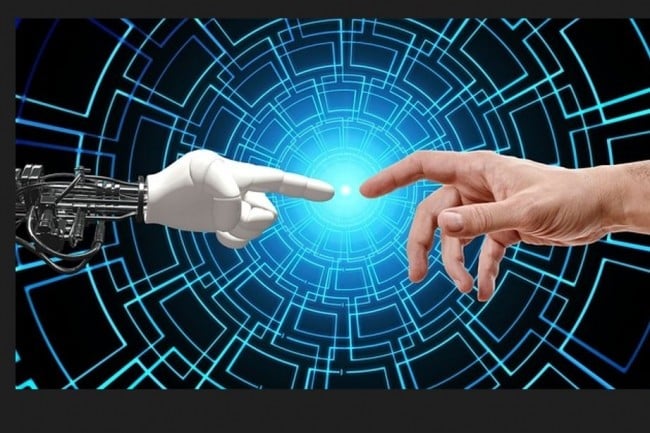In an ever-changing world where technologies are omnipresent, one of them stands out for its potential to revolutionize content creation: generative artificial intelligence. It has a multitude of interesting applications for the fields of writing, graphic design and many others. Let’s dive together into this fascinating universe to discover its secrets.
What is generative artificial intelligence?
Anchored in the field of artificial intelligence (AI), generative artificial intelligence refers to a type of AI capable of creating content from input data, such as text, images, or even music. Thanks to complex algorithms and machine learning techniques, this technology is able to generate surprising results that are often indistinguishable from those designed by humans.
The main applications of generative AI
Writing of texts
- Creation of blog or journalistic articles
- Writing emails and letters
- Development of film and theater scripts
- Writing captions for social networks
Graphic design
- Image generation from text descriptions
- Creation of posters, logos and brand visuals
- Image optimization for search engines and accessibility
Music and audio production
- Composition of melodies and original pieces
- Creation of soundtracks for video games and films
- Sound editing for podcasts and videos
The advantages and disadvantages of generative AI

Benefits
- Saves time and energy for content creators
- Ability to generate multiple content ideas quickly
- Potential for adaptation to the specific needs and requirements of the sector
Disadvantages
- Risk of intellectual property and copyright infringement
- Lack of sensitivity and emotion in some creations compared to those made by humans
- Potential loss of authenticity and originality in the content
Some examples of generative artificial intelligence in action
The field of generative AI is increasingly rich in innovation and creativity. Here are some fascinating examples:
GPT-3 from OpenAI
GPT-3 (for “Generative Pre-trained Transformer 3”) is a text generation model developed by OpenAI. This state-of-the-art model has already proven itself in the automatic writing of complex texts and is now used in various applications, such as blog writing, language translation or user experience improvement.
DeepArt.io
DeepArt.io is an online tool that allows you to transform your photos into paintings, inspired by the style of famous artists like Van Gogh, Picasso or Monet. Thanks to generative artificial intelligence, it is now possible to create unique and surprising works of art with a few clicks.
Conclusion
Generative artificial intelligence is a rapidly growing technology that opens up a world of possibilities in content creation. While this technological advance presents some challenges, it also offers tremendous opportunities to increase our productivity and stimulate our creativity. As generative AI continues to evolve, it is exciting to follow its development and imagine the new artistic and innovative achievements it will enable in the future.





